Dissolve your HOA/POA Today!
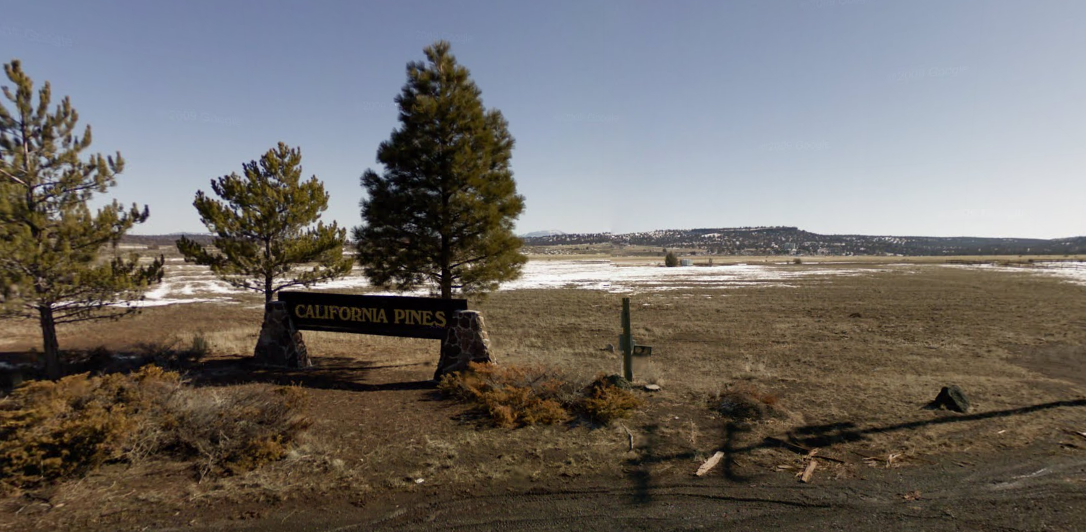
Do property owners’ associations (POAs) and homeowner associations (HOAs) really protect home values and communities, or do they simply add another layer of bureaucrats and cost communities money?
I personally think the world would be a better place if most HOAs and POAs were dissolved.
Let me first set the stage. If you wanted to legally build a small house you have to deal with many layers of local government bureaucrats who all have a vested interest in enforcing the rules and regulations that have been handed down to them from policy makers. Typically the policies that are created do not actually address the core requirement, the need, but instead go onto dictating a common solution.
Core requirements are things like:
- A renewable water source,
- A low impact waste water system, and
- A power system to meet the needs of the homeowner.
Instead they typically tell you exactly what kind of water, waste, and power options you must use, with no exceptions. This initial roadblock, and the associated costs, typically results in making the property unbuildable by making it too costly.
But no property is unbuildable if your clever enough, and humans are a clever critters. The trouble is that the bureaucrats have been handed a strict rule book that lists specific solutions like:
- A municipal water hookup, or well,
- A municipal sewer hookup, or engineered septic system, and
- A grid power connection.
In other words, the bureaucrats aren’t always allowed to consider new or alternative solutions like:
- A rain water collection system,
- A composting toilet and grey water system, and
- An off-grid power system.
Luckily the off-grid power system alternative is starting to get more traction, but the others are still mostly unrecognized as viable options.
Another Layer to the Bureaucratic Cake
To add insult to injury the HOA/POA jumps in and adds more bureaucratic muck with their own set of rules, regulations, and dictated solutions. All of this is done in the name of protecting the community.
Sadly making changes to how local government is run is very difficult. On the bright side dissolving your HOA/POA could be just a vote away, although it’s probably best to consult an outside independent attorney and accounting firm prior to pulling the plug.
Case Study – California Pines Property Owners’ Association
A case in point might be the California Pines Property Owners’ Association. I’ve been doing a lot of research about this notorious real estate subdivision in Modoc County, California. Construction began on California Pines in late 1960’s and by the time they were done cutting roads through the wilderness, they had 15,000 one-acre lots. Most of them remain vacant today.
I guess like so many people I’ve been attracted by the super low prices. At the upcoming tax defaulted land auction it looks like you might be able to buy one of the more remote lots for about $2,000.
Since that sounded like a deal too good to be true, I did quite a bit of digging and discovered that the California Pines POA may be unintentionally contributing to the project’s apparent failure.
There are other obvious reasons for this enormous subdivision’s flop. It’s clear that in a county of 9,900 people, a 15,000 lot subdivision is totally unnecessary. Other contributing factors are things like the lack of utilities to most lots, a vast maze of dirt roads to maintain, inaccessibility in winter, little to do but hunt and hike, and the remote location in the northeast corner of California.
As a careful shopper I was on the lookout for red flags. I found some in old copy of the CC&Rs, (Covenants, Conditions, and Restrictions), but a local realtor was able to fill in the rest. She told me that to build a home at California Pines, the POA requires that an engineered septic system ($20,000) and well ($10,000) must be built. The county doesn’t require an engineered septic and sounds friendly to owner-builders with reasonable proposals.
If the property has no grid power connection you’ll also need to spend money on an solar electric system ($5,000 to $15,000+). Wind turbines may also be an option, but I couldn’t get confirmation on that. By the time you’re ready to break ground on your remote off-grid house you’ve already shelled out approximately $35,000 to $45,000 in required improvements.
If I owned land there I’d want a POA that was bending over backwards to make it a viable place to own a cabin. Instead I found a POA that was 700 miles away in Anaheim, California that wasn’t able or willing to answer basic questions about the place over the telephone. They also refused to share a copy of the CC&Rs or organizations financials with me, a prospective buyer.
Unfortunately the main problem with dissolving this particular POA is that the property owners are scattered to the four winds and have had no way to connect with each other. So even if the majority agreed that dissolving or fixing this particular POA was the right thing to do, they can’t do it easily without the POAs help.
Every year the California Pines Property Owners’ Association collects a small $75 fee from property owners. When you do the math, that turns out to be $1,125,000 a year. Since they are a non-profit organization I checked online at the IRS to see how much they have reported in income, and this estimate was surprisingly accurate.
If you want to see you’re HOA/POAs tax returns, and they are a non-profit organization, you can go the extra step complete a form 4506-A and request inspection copies from the IRS directly.
No HOA/POA is perfect. But all community based organizations need to remain connected to the community and remain transparent to its members. Anytime an organization closes it doors to its members a changing of the guard and a full accounting is warranted.
If you own land at California Pines and want to connect with other property owners online I’ve setup a brand new blog and Facebook community to help you connect with connect past, future, and current property owners.
Conclusion
While I don’t want to turn this case study and general topic into a raking over the coals for the California Pines Property Owners’ Association, this cursory investigation has turned up a lot more questions than answers. Actually it’s beginning to seem like a great news story for an investigative reporter to pick up and explore. (hint hint)
At the very least this research has solidified my opinion that more bureaucracy only adds more murkiness to our lives, and that this kind of additional governance costs more than it pays.
I’ll conclude by saying that if your HOA/POA is not performing up to your expectations, confront them. If they are no longer serving the community consider moving to dissolve the organization. Begin by uniting with your neighbors and be sure to consult outside independent professional advisors, both legal and financial. Take control of the HOA/POA though a changing of the guard and then make it’s final act and expenditure its own dissolution.
We don’t need more bureaucrats in the world; we need more open minds and clever solutions especially around housing issues. Dissolve your HOA/POA today!

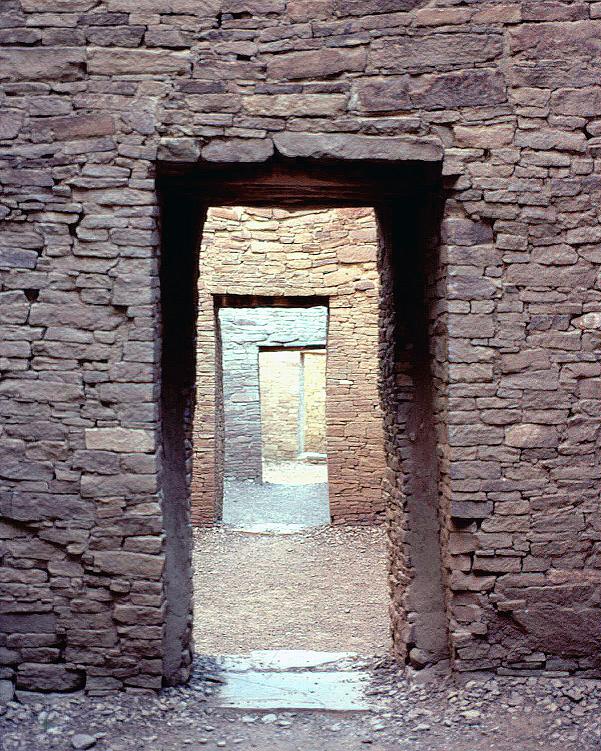
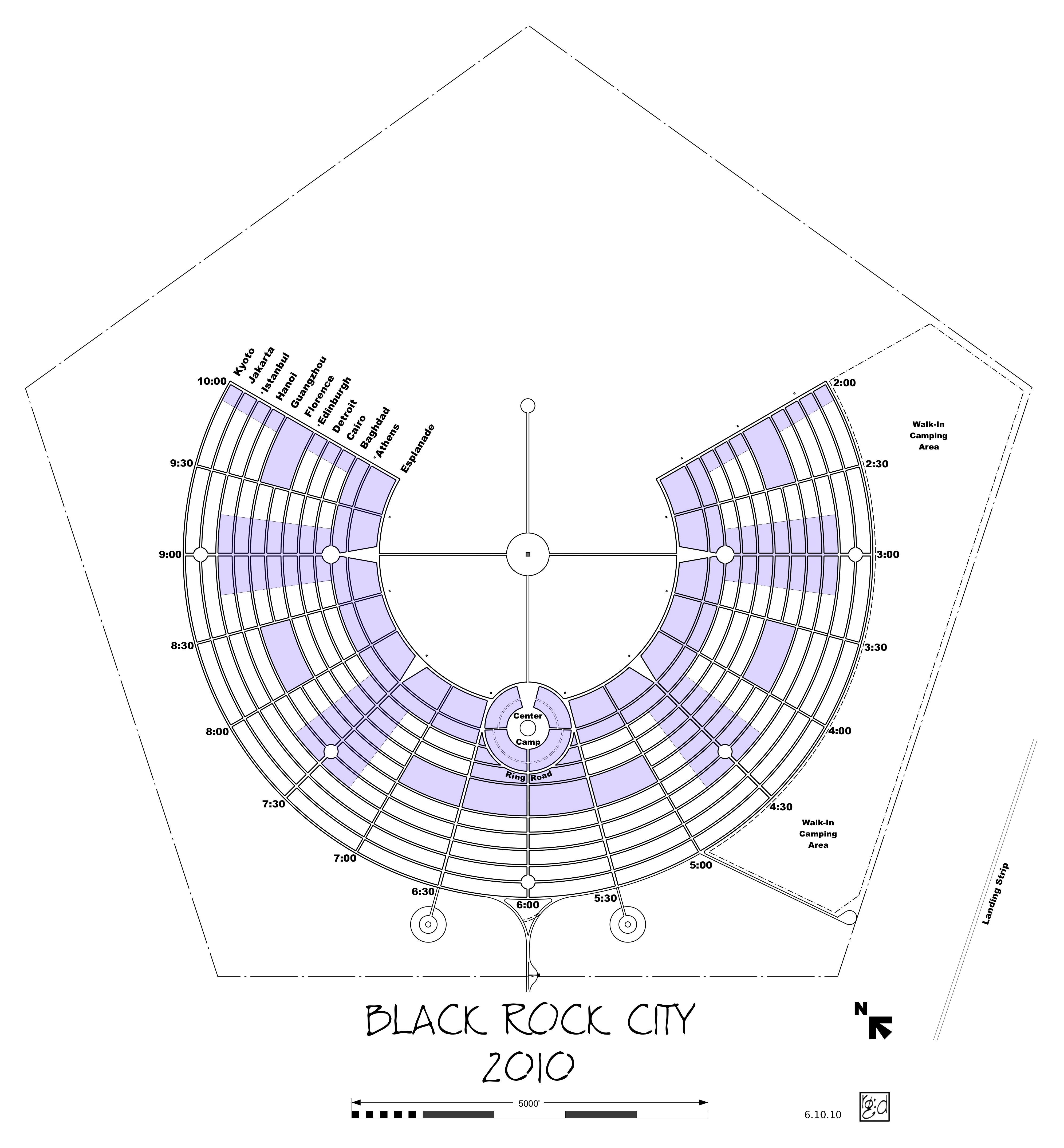
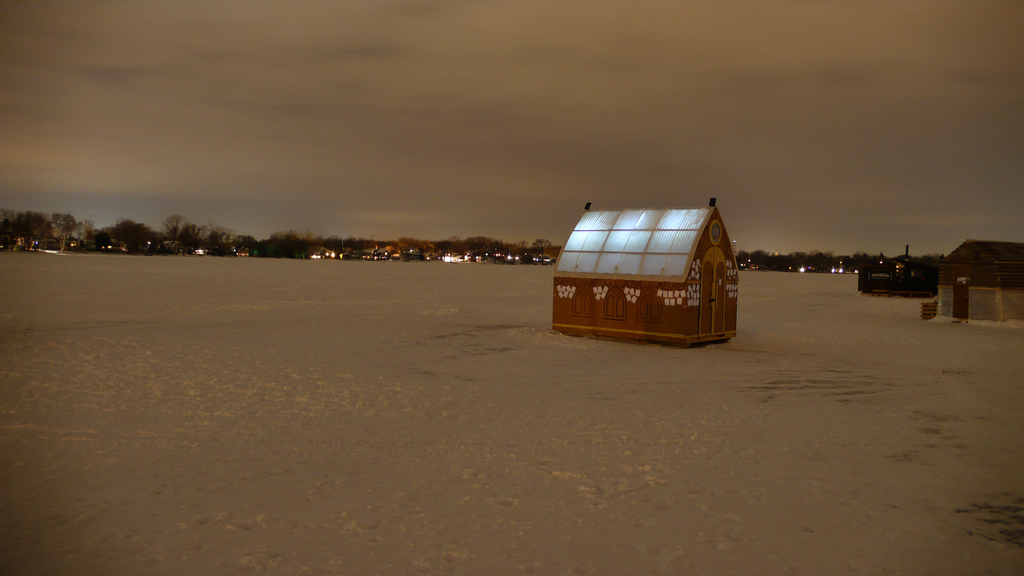
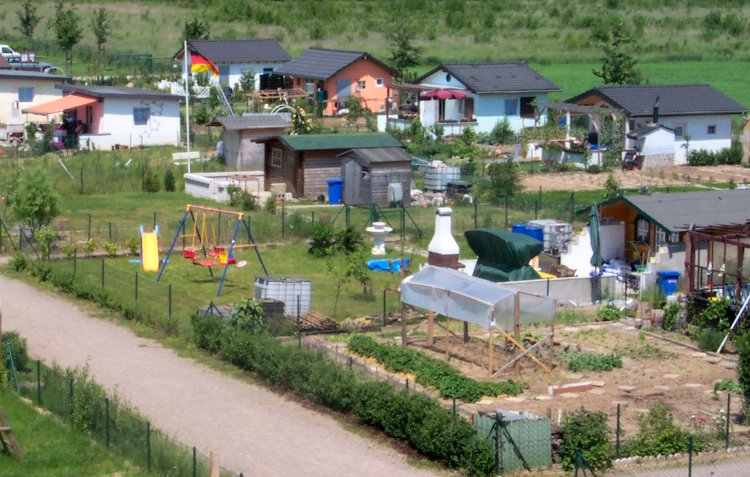
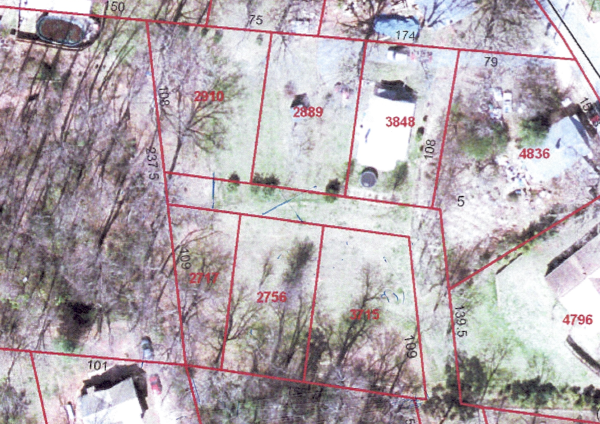
I would say that not all POAs are created equal. California Pines sounds like a particularly dysfunctional one, though it appears structured like many of then I have seen.
Btw, what’s a “CC&R”? I followed the link and found the homeowner association rules but couldn’t quite figure out what CC&R meant.
The association rules don’t have much to do with ensuring basic needs are met in a prescribed way. The purpose of the rules, like most I have seen, says it quite plainly: “…are established and agreed upon for the purpose of enhancing and protecting the value, desirability, attractiveness of the property”. Simple as that, it’s designed to protect property values.
When I lived in Dallas, mine went even as far to say that colored people could not live there and if they were servants, they must enter from the rear of the house, through the alley. Of course that wasn’t enforcable since it now violated federal and state laws.
In my case, association membership was voluntary – but of course this was after the subdivision had already been built out ( it was created in the early 60’s). The association rules were really not a burden and technically because I refused to be a member were not binding anyway.
However, I would say that America, being the land of the free, allows the creation of such “landowner clubs” and like churches, each with their rules, you have a choice. If you don’t like it, start your own club or, as you imply, change the rules.Most of these associations are set up as a form of democracy. The rules themselves are up for review every 10 years and this one is written the same way.
In this particular case, you may have difficulty understanding how it operates or who really controls it – but honestly, I don’t think there is a story here as Im certain this same story repeats in thousands of associations across the coutry.
You can blame your parents who bought into these rules unquestioningly when the subdivisions were first created. Perhaps with changing times, however, it’s time to begin transforming these associations into modern day versions which once again serve a function for the land and homeowners in a manner suitable for this century.
In the “land of the free” you always have 3 choices, accept, reject or negotiate.
Thanks Steve.
I added a reference, it means Covenants, Conditions, and Restrictions. It’s the rule book.
http://en.wikipedia.org/wiki/CC&Rs
There may be some HOA/POAs that are stil serving their communities. But like anything democratic, it only stays that way if we constantly work to protect it. The beauty of of these kinds of orgs is they are easier to dispose of is found to be unrepairable or no longer necessary. That’s why I’m taking the side of dissolve first, ask questions later. 🙂
I appreciated this post, and would like to offer a few comments.
First, unless there’s a provision in the CC&Rs providing a procedure to dissolve the association, it typically takes 100% of all lot owners to dissolve the association and terminate the CC&Rs. Most of the time, this is nearly impossible.
Second, I assume that California Pines owns common property. Probably roads or a park area. If the association is dissolved, who will maintain the common areas? If there’s a park, the association likely has an insurance policy to protect the owners and the association if there was an accident or injury. Without an association, who will insure the common areas? Without insurance, each lot owner becomes subject to liability.
Third, nearly every set of CC&Rs has an amendment provision. If there’s a particular issue that is troubling, like a prohibition on solar panels, it can easily be amended out of the CC&Rs with a vote of the owners (usually 75%). In many ways, homeowner associations are mini-democracies.
Just my two-cents. I’m a loyal reader of this blog. Keep up the good work.
Thanks Kevin. Excellent input.
The CPPOA requires 75% to make changes to the CC&Rs. I’ve been told they’ve been using the proxy votes (?) to make ammendments, so not exactly a real quorum. Does that sound normal?
Michael – Sounds very normal. Most big associations have a difficult time meeting their quorum requirement and the only way to hit the threshold is to get proxies. Especially in communities with a lot of off-site owners, proxies are sometimes the only way to meet quorum. And yes, a proxy counts toward the quorum requirement and the vote.
Best,
Kevin
It is the same here in the UK but worse as we have now caught the affordable housing disease. For any developer group or organisation they will not get planning consent unless they agree to build a percentage of the properties as ‘affordable’ houses with an equal number of home ownership models to go along with them.
The net result is that the price of the land coupled with infrastructure development costs (very often subsidised by the large utility customers) forces the average house price up and the subsequent housing designs are often homes with no yard, small poorly orientated rooms with inadequate provision for storage, natural lighting that cannot accomodate expanding families or even guests. The neccesary evil of the car in these developments further exacerbates the space restrictions with each home being given a garage often to small to be any good and no additional space for second cars or visitor parking.
The final blow to the cost and design of these developments comes from the section 106 agreements which a developer has to pay out for when gaining consent. Section 106 agreements are used to pay for highway improvements, schools, hospitals, retail, amenity and virtually any other developments in and around the proposed residential development. Local authorities gain from all these developments but the residents have to suffer the blight in living in homes designed in effect not by whats good for them and the environment but by what will allow all the other so called stakeholders to fulfil their agendas which in my view are not joined up in any meaningful way.
Coomon sense does not seem to come anywhere near addressing the real need for our future housing.
HOAs are ok, I suppose, in big cookie cutter developments where part of the value is that all the houses look alike. Some people like that sort of thing, and an HOA will keep it that way. But I would never buy into one. The people who serve on the board are inevitably the types who wanted to be policemen but couldn’t pass the psych exam.
I think it would be easy to locate the other owners in CA Pines. Have your realtor get a free property profile from a title company. The report includes the names of many nearby property owners. You might have to order a few of them to get the whole list, but it would be easy for a title company. Setting up a blog was a very smart idea.
I actually ended up getting a list of all the Cal Pines owners and their mailing addresses. It’s just expensive to mail everyone, although I did find a free way to do it through Zumbox and can send 500 letters a month free. I may send out an invitation to join in an online conversation.
I also got the last tax return the POA filed with the IRS. They are a non-profit so those kind of docs are open to the public. So now I also know who the board members are, have their addresses, and at a high level know what they spend the million bucks a year on they collect.
But from what it sounds like, doing away with a POA that wants to stay in power is extremely difficult especially if there is no quorum or property owners to vote.
A real estate investor who owns property there conformed that POAs like this are terrible for business too, which directly translates into terrible for property owners, because they keep property values and opportunity down simply by adding so much red tape to the building process.
If the Cal Pines POA board were smart they’d keep their organization going and change the rules and allow alternative housing to go in. This would be better for everyone and keep them in business longer. (not that I wish for that)
I live in an association that is compulsory for all property owners. Worse yet, in order to change the founding documents agreement must be reached by 85% of all owners including lenders who hold mortgages of any type. These days it may be impossible to even determine who actually owns many mortgages and the legal expenses could be awesome.
In general associations suffer from the same problem as voting. The elderly do have the time to attend meetings,vote etc. but the younger and working class property owners almost never vote or appear at meetings. We end up with a form of minority rule.
Also the association that you mentioned has an ongoing responsibility to update its documents and simply leaving in a clause about people of color not being allowed to purchase and entering only by back doors may be in itself enough to inspire a large law suit even though it is not enforced. Seeing such things in documents could make a potential buyer, of color, feel intimidated and outraged.
This was all good information but if you dissolve a POA and it owns an acre lot in the community, how do you dispense of the lot?
I would assume all the POAs assets would need to be dissolved at the same time the entity is shut down. But that would be one of the details a lawyer would need to assist with.
id love to talk to somone who owns property in cal pines as i would like to buy a lot for the future can somone please give me a shout!
You could try connecting with folks at this CalPines Facebook page. http://www.facebook.com/californiapines
I have one lot left at Cal Pines Unit 4 write me baxck
I’d like to work with all Cal Pines owners in being at the forefront of any rule changes hurting our building on these properties.
I own an acre in Cal Pines and would love! for it to be easier to build a more efficient, cost effect home. We bought a few years ago expecting to build a cabin, yurt, something small and sustainable up in the mountains to live off the grid. No such luck yet with it being so costly. Let’s get this area back to the people!
So in a nut shell. If you own property in California pines and you have HOA’s what happens if you don’t pay the HOS and you don’t go with their guidelines on developing or building but you do it legally with the county. Can the home owner association kick you out,,? I think not
I have 2 one acre lot in Cal Pines, want to sell them. Any Buyers. Personally I know I was duped into buying here as I do not live in this region. But for someone who lives in Alturas, it might be different. Best way to communicate with me is email : [email protected]
I’m sorry did you say people of color ?Theres a clause about that in the CCand R,s in there?
Is there anyway to get a cheaper well and septic built up there?
I know of none, but it might be worth trying the composting toilet/grey water proposal. It’s far ‘greener’ to go that route if properly installed – so the county might consider it under that pretext.
I have two adjoining (45ft x 90 ft each) lots in the Mobile Home park and one one acre lot in unit 5 I will give away free if you pay the back taxes and hoa fees. I am going to let them go to Tax auction otherwise. I’m too old now to fight the building requirements any more. Yours for the asking! Contact me at: [email protected] if interested.
Is that bad! Im to old to think,they can have it why bother stay where you at save your money take a long vacation be happy with your family and friends an lol
I just bought a lot in hill 4.
Any good or bad “news” pertaining to land provisions for us land owners?
I have a lot in Hill Unit 5 for sale. I’ve had it for over 40 years. It’s time to unload it. Call me at 805 481 2338
Could you email me please about selling your unit: [email protected]
Mahalo,
Liko